This year, Chinese box offices were shaken up by a Chinese film -- and that’s unusual.
As the second-largest film market in the world, China is a precious source of sales revenue for globally released Hollywood blockbuster series such as “The Fast and the Furious,” “Avengers” and “Terminator.” In fact, this year’s “Furious 7” reigned as the highest-grossing film of all time in China up until 52-year-old Hong Kong-born Raman Hui showed up with the dark horse “Monster Hunt.”
As the second-largest film market in the world, China is a precious source of sales revenue for globally released Hollywood blockbuster series such as “The Fast and the Furious,” “Avengers” and “Terminator.” In fact, this year’s “Furious 7” reigned as the highest-grossing film of all time in China up until 52-year-old Hong Kong-born Raman Hui showed up with the dark horse “Monster Hunt.”
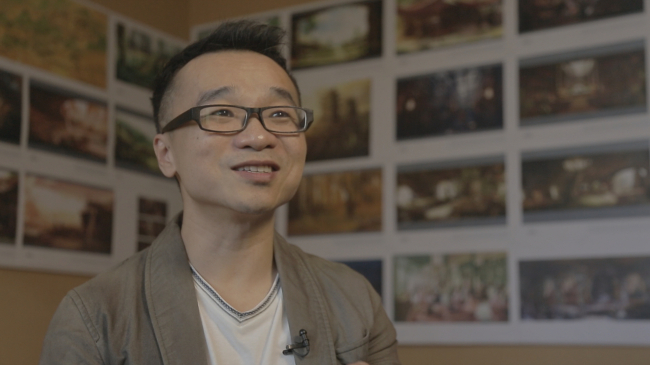
In September, “Monster Hunt” became the highest-grossing film in Chinese box office history, bringing in 2.428 billion yuan ($381.3 million). According to the film’s Korean promotional agency, the film has been seen by over 65 million people worldwide.
Viewers more accustomed to Hollywood movies may think “Monster Hunt,” a Chinese film loosely inspired by a mythical tale called “The Classic of Mountains and Seas,” featuring computer-generated monsters and scattered with extensive traditional-sounding songs, is Chinese to its core.
But director Raman Hui is actually a student of Hollywood.
He spent 20 years as an animator, most significantly with DreamWorks, where he designed the now-iconic ogre Shrek and codirected “Shrek 3.” According to Hui in an email interview with The Korea Herald, “Shrek” had a big part in shaping “Monster Hunt.”
“(The movie’s) target audience is anyone who is young at heart. That means (they) can be from 6 years old to over 70 years old,” he said. “Actually, that is very similar to DreamWorks movies’ target audience. ... I would make sure it (wouldn’t) be too scary for young kids, and at the same time (not) too simple for adult audiences. ... The same (as) when we were making Shrek movies.”
As in the “Shrek” series, the main theme in “Monster Hunt,” according to Hui, is “acceptance.”
“The message is to understand differences, to see the world through others’ eyes and to foster more understanding between people and groups,” Hui said.
When asked why he chose to create a world of “monsters” -- which are actually quite adorable and anthropomorphic -- he said: “What we considered most important when making the monsters was that we didn’t want them to just pop out and scare people. We wanted them to have emotions. We wanted the audience to like the monsters, to laugh with them and grow attached. That was why we gave them expressive faces, and made them more humanlike.”
As Hui’s background was in animation, he said it was “not easy at all” to combine live actors with his computer-generated monsters.
“When we did the special effects, we had to pay a lot of attention to details to make them work well and be alive,” he said. “Matching the (live) action and making the monsters feel like they are (really) there also took a lot of different (takes) to get there.”
Luckily, Hui had a team of excellent moviemakers to help him navigate. The executive producer credit went to Bill Kong (“Crouching Tiger, Hidden Dragon,” “Lust, Caution”), who was joined by the likes of production designer Yohei Taneda (“Kill Bill”) and visual effects supervisor Jason Snell (“Pirates of the Caribbean,” “Star Wars”).
Hui has publicly said that a sequel for “Monster Hunt” is in the works, but no details have yet been released. Although the movie was also created in 3-D, it will screen in Korea only in 2-D.
“Monster Hunt” opened in Korea on Thursday.
By Won Ho-jung (hjwon@heraldcorp.com)


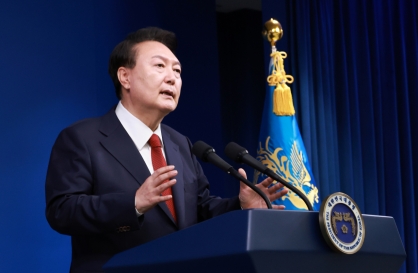


![[K-pop’s dilemma] Can K-pop break free from ‘fandom’ model?](http://res.heraldm.com/phpwas/restmb_idxmake.php?idx=644&simg=/content/image/2024/05/09/20240509050541_0.jpg&u=20240509173751)
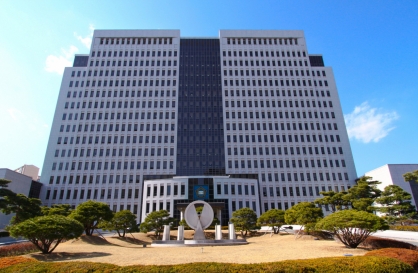


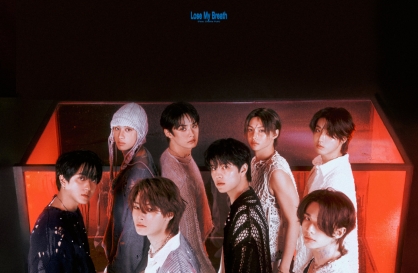
![[News Analysis] Yoon's first 2 years marked by intense confrontations, lack of leadership](http://res.heraldm.com/phpwas/restmb_idxmake.php?idx=644&simg=/content/image/2024/05/09/20240509050612_0.jpg&u=20240509233252)
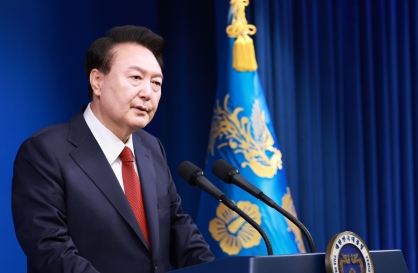





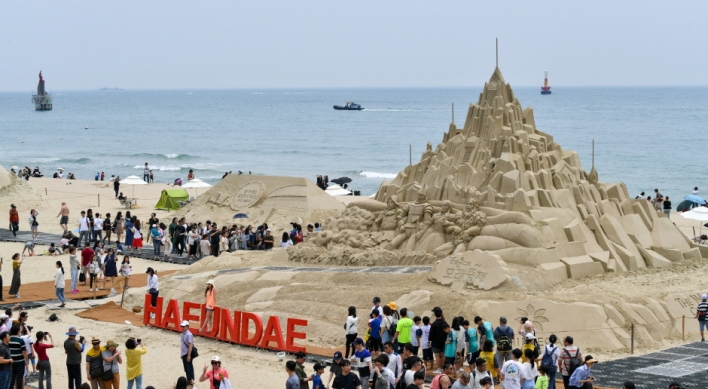
![[Today’s K-pop] NCT’s Mark to drop 1st solo album in February 2025](http://res.heraldm.com/phpwas/restmb_idxmake.php?idx=642&simg=/content/image/2024/05/10/20240510050597_0.jpg&u=)